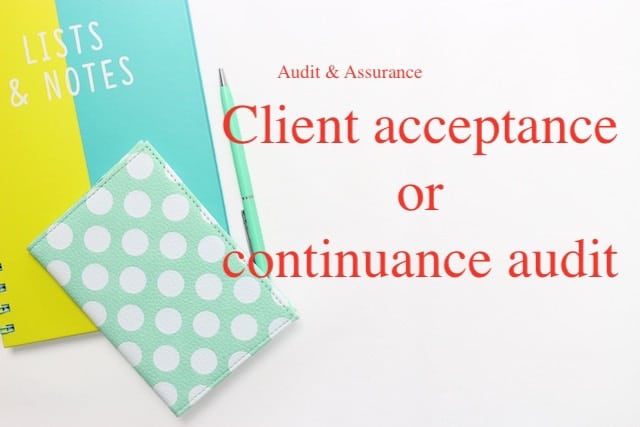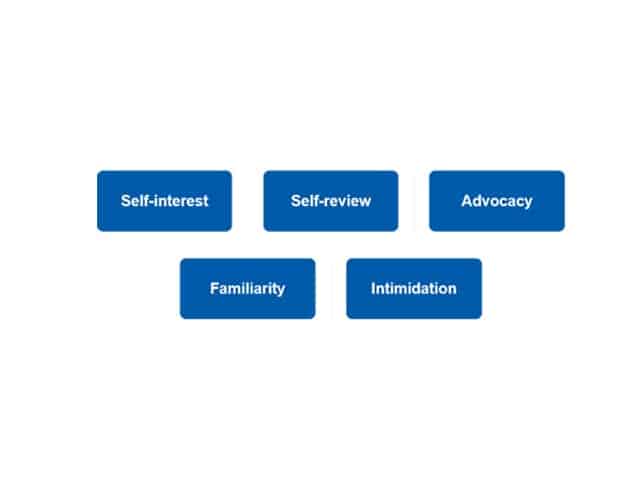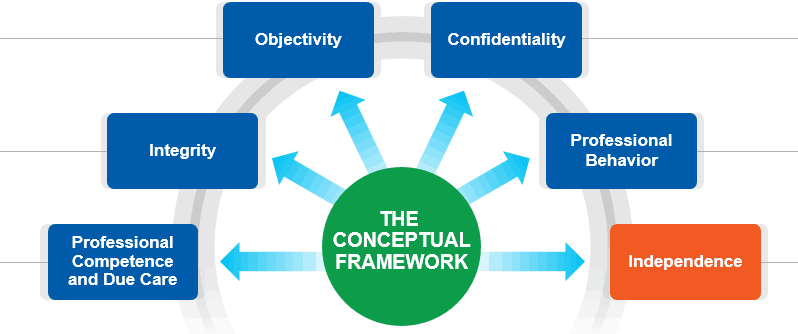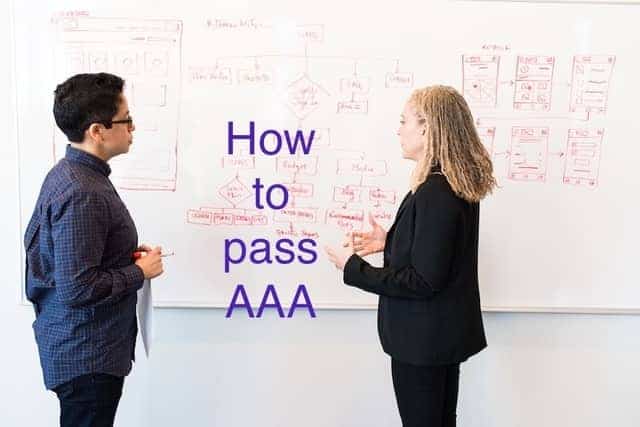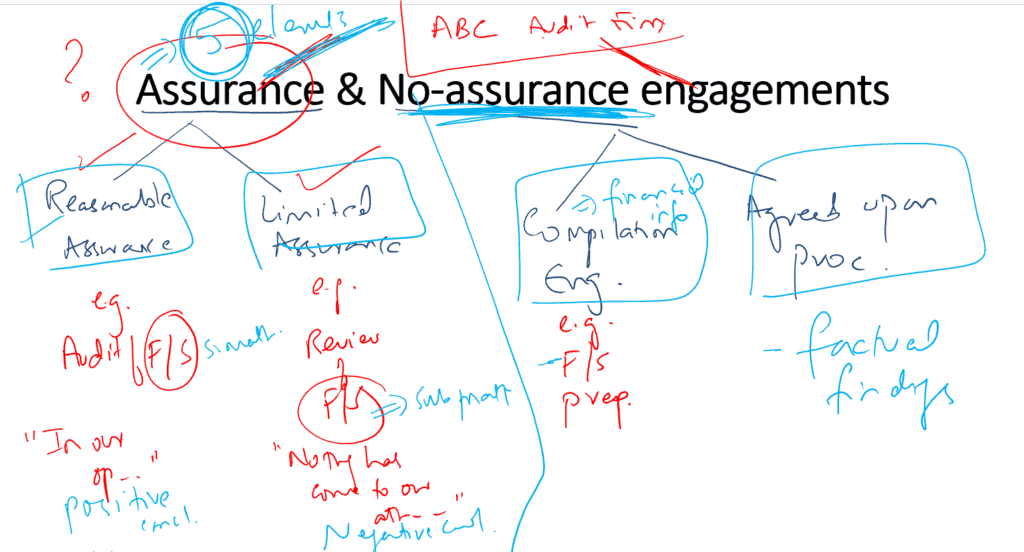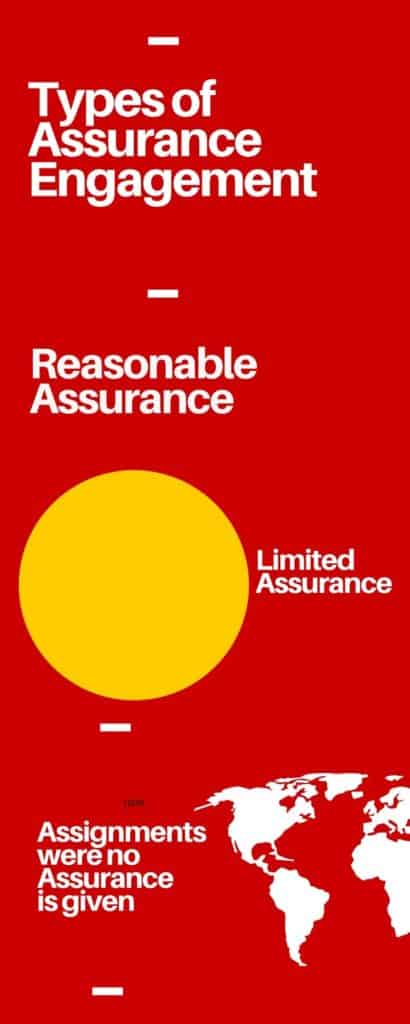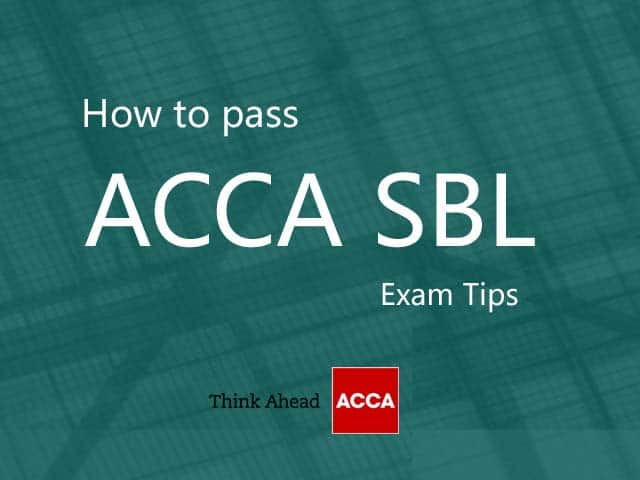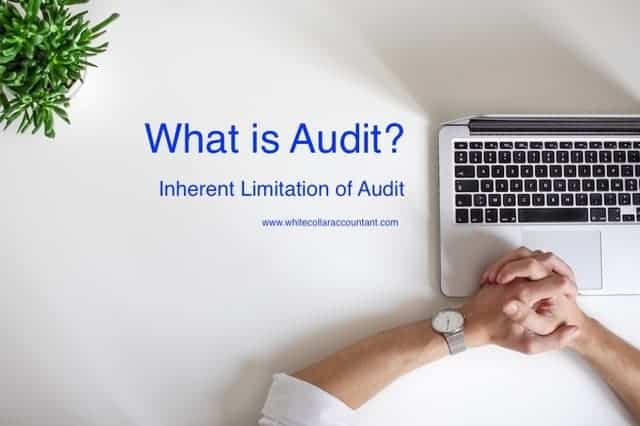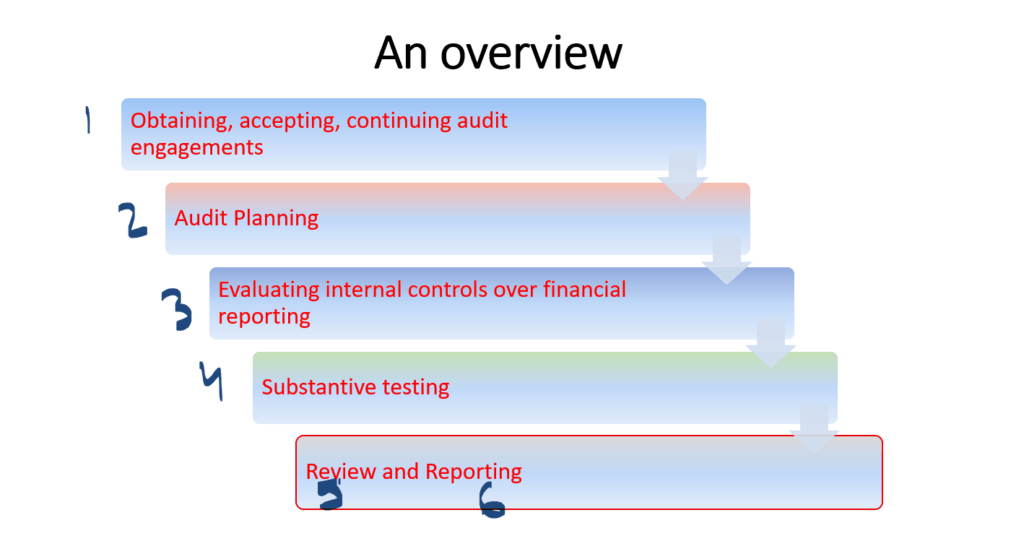Definition: ‘Mistakes, including omissions, are supposed to be material if they, alone or on the whole, could reasonably be expected to affect the economic decisions of users taken on the basis of the financial statements.
In assessing the level of materiality there are a number of sections that should be examined.
Firstly the auditor must suppose both the amount ‘quantity’ and nature ‘quality’ of any misstatements or a mixture of both.
The quantity of the misstatement refers to the comparable size of it and the quality refers to an amount that might be low in value but due to its influence could affect the user’s decision, for example, directors’ activities.
In assessing material amount the auditor must consider that a number of errors each with a low value may be material when aggregated amount to a material misstatement.
The assessment of what is material is finally a matter of the auditor’s professional capacity, and it is influenced by the auditor’s understanding of the financial information needs of users of the financial statements and the detected level of risk;
The higher risk then takes a lower level of overall materiality.
Material by the amount for F/S as a whole
- 1% of revenue
- 2% of total assets
- 10% of PBT
Material by nature
- Related party transactions
- Bank balances
- Fraud/ Unlawful transactions (e.g. illegal payments)
- Violation of regulatory requirements
- Failure to meet requirements of debt-covenants
- Key Performance Indicators of the company (e.g. converting loss into profit)
- Incorrect selection or application of an accounting policy that has an immaterial effect on the current period but is likely to have a material effect on future periods
Performance Materiality
Performance materiality is usually set at a level lower than overall materiality. It is used for testing each transaction, account balance, and disclosure. The purpose of performance materiality is to decrease the risk that the total of mistakes in balances, transactions, and disclosures does not in total exceed overall materiality.
Planning Materiality Vs Performance Materiality
| Planning Materiality | Performance Materiality |
| 1. Have Benchmark | 1.No Benchmark (Auditors assessment) |
| 2. One single amount for the entire Financial Statement | 2. Different amounts for different ledgers/accounts. |
| 3. Use to judge important account balance and class of transaction | 3. Individual balance in an individual account |
Read More: AUDIT RISK and Auditor Response

